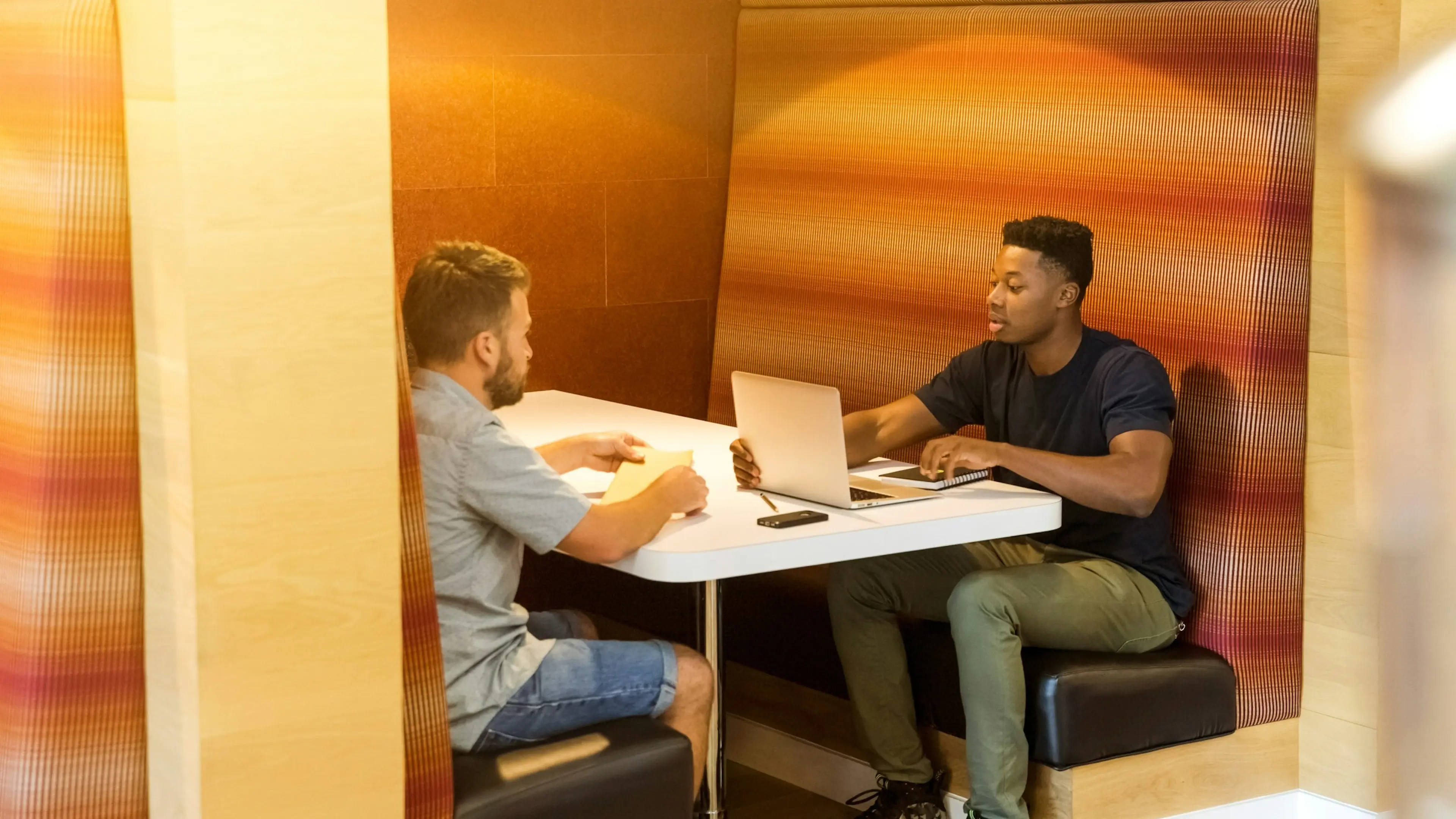14 October 2022 (updated: 14 October 2022)
All You Need to Know to Build a Telehealth Solution
Chapters

Your TLDR guide on everything telehealth app development.
In recent times, the use of technology in health & medicine has skyrocketed – especially during the pandemic. McKinsey found that telehealth usage has grown by 38x since February 2020, with pandemic-induced lockdowns forcing healthcare providers to turn to technology to deliver key services & care to patients remotely. This transition continues in the post-COVID era. Telehealth solutions are becoming ever more important in our modern healthcare landscape. In this guide, we’ll introduce you to all you’ll need to know to build your own powerful telehealth solution. But first, let’s start off with a question – what is telemedicine?
What is telemedicine? How does telemedicine differ from telehealth?
Telemedicine is one of the most popular implementations of telehealth technologies. It refers to the use of technology – whether that’s smartphones, computers, video & instant messaging – to provide clinical services and help medical professionals diagnose and treat patients remotely.
Telehealth, on the other hand, refers to the wider use of technology. On top of the ability to speak to a specialist, it also relates to tech that helps patients access non-clinical services, such as health education and fitness coaching, remotely.
What are the different types of telehealth applications?
Telemedicine and telehealth cover a broad range of applications and capabilities. When building your own telehealth solutions, it’s important to take into account which type of application to develop and which features are important to your end-users. Let’s briefly cover some of the most popular types of telemedicine and telehealth applications:
Remote Patient Monitoring (RPM) Apps
Collecting patient data and important medical readings is vital to providing ongoing care to patients. Unfortunately, it’s this continual patient monitoring that results in a significant strain on healthcare providers. Remote Patient Monitoring – or RPM – applications can alleviate the pressure on burdened hospitals by making it possible to both monitor & analyze patient data such as blood pressure, heart rate, blood sugar levels, etc. using a mobile device.
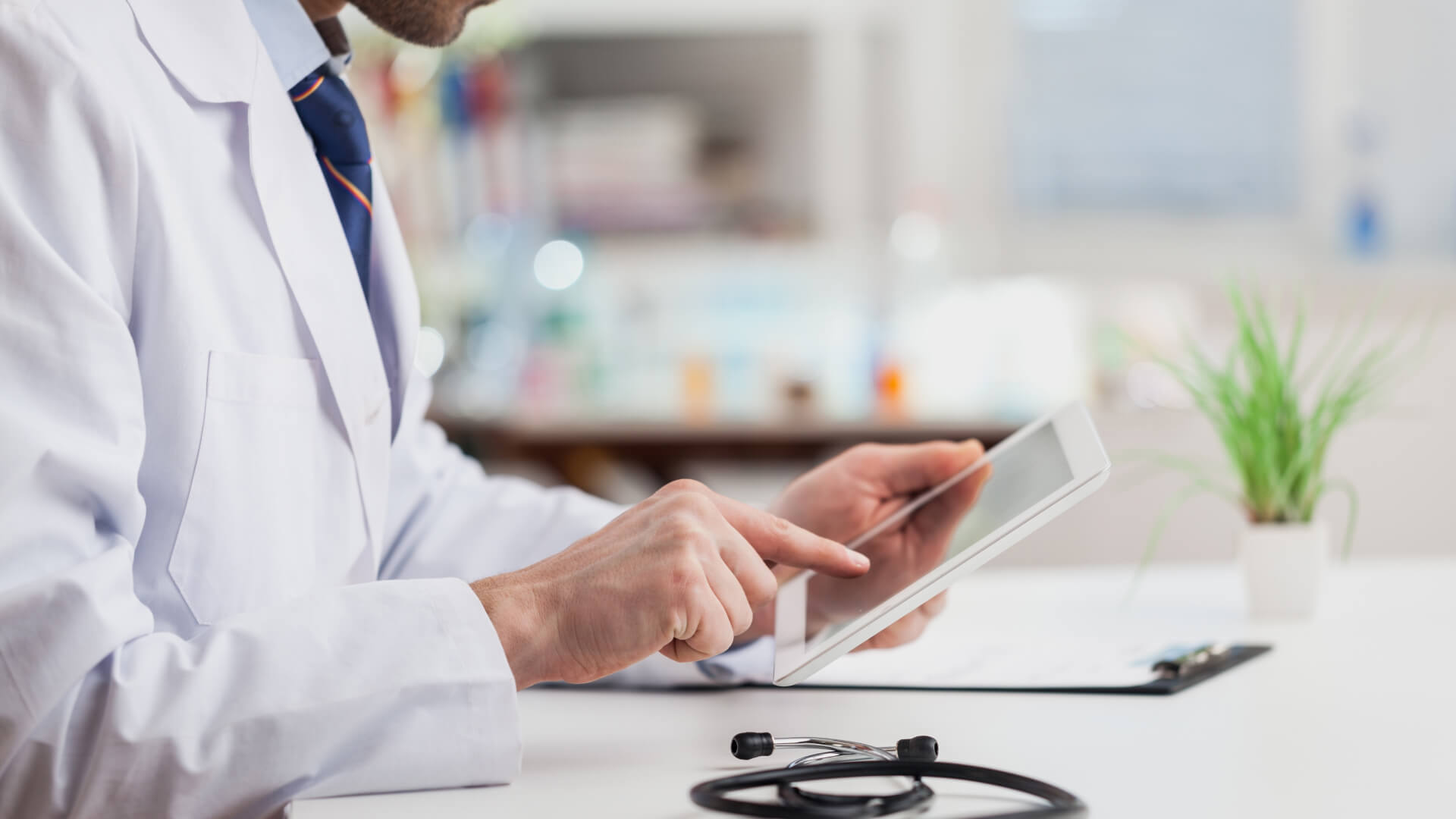
With an RPM app, patients will no longer need expensive nurse visits for basic information, and AI-powered algorithms will be able to automatically detect anomalies and diagnose the possible warning signs of things like strokes, heart attacks, and even epilepsy.
Remote Patient Monitoring apps offer a more cost-effective solution for providing ongoing care. But they also provide healthcare professionals with more data than previously possible – resulting in more accurate diagnoses and early intervention from “warning signs” readings.
Mobile Health (mHealth) Apps
The primary goal of mobile health apps – or mHealth for short – is to make administrative tasks such as paying for bills, booking appointments, accessing medical data, and attending remote consultations as convenient and as easy as possible.
To offer a truly omnichannel experience, mHealth apps should integrate well with existing Electronic Medical & Health Records (EMR/EHR) software. These allow patients, doctors, and nurses to pull up their medical history whenever needed. mHealth apps are truly disruptive when they’re combined with existing medical infrastructure to provide a useful, new touchpoint for patients to access health services.
Remote Medical Education
Remote Medical Education tools can either replace in-person teaching with remote learning tools or empower traditional teaching with tools like virtual or augmented reality. These types of advancements can help medical students learn more interactively.
A particularly disruptive use of Remote Medical Education is VR surgical training from apps such as OssoVR. Remote education tools help advance medical education whilst also making it accessible to anyone from any location. As remote education becomes more ubiquitous, we hope this tech will present itself as a great solution for the medical staffing shortages.
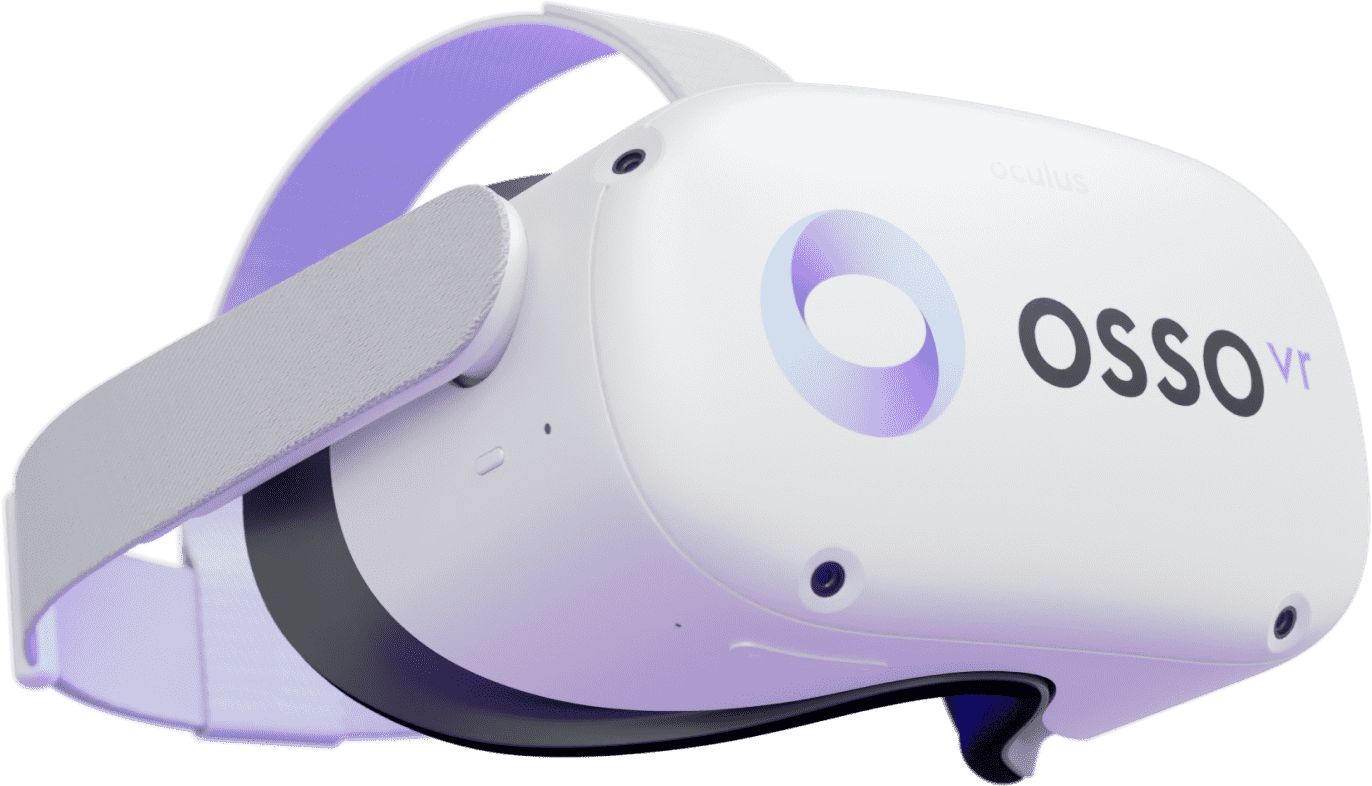 Source: Osso VR
Source: Osso VR
Medical Diagnostics
Emergency rooms and A&E departments are under immense strain currently, with patients waiting hours for a consultation. Medical diagnosis applications help alleviate this demand. They provide patients with a digital-first assessment of their condition and a possible medical diagnosis.
Patients can enter their symptoms or provide pictures as medical evidence. AI tools analyze materials submitted and give patients useful first-aid information. These videos and photos can then be shared with emergency room staff or GPs if the patient needs further care.
Medical Imaging
Accurate and rapid medical imaging are extremely important for diagnosing and treating patients remotely. AI tools have been trained to spot patterns in images rapidly and accurately.
Remote medical imaging tools have become especially important when delivering specialist care for conditions like rare forms of cancer. For instance, a scan taken in Germany can be sent digitally to a specialist clinic in the US – and a possible diagnosis or treatment plan can be sent back in hours, not days.
E-prescriptions
The handling and ordering of prescriptions results in a huge strain on local clinics, GP practices, and pharmacies. E-Prescription systems aim to simplify and automate this entire process, making it easier than ever for patients to order repeat prescriptions. Using e-prescriptions, pharmacies, and clinics, patients can remotely deliver the products and services that customers need promptly. The benefits of e-prescriptions aren’t exclusive to repeat prescriptions. In some cases, this technology eliminates the need for consultations.
Video conferencing & Consultation
The healthcare profession is stretched thin, with the OECD reporting that over 28% of patients spend more than a day to see a doctor, with another 61% having to wait over a month. The COVID-19 pandemic only exacerbated the wait for consultations.
That’s why so many healthcare providers are investing heavily in video solutions. With video conferencing applications – such as Skype or a bespoke system – patients can see a medical professional from wherever they have an internet connection.
Electronic Health Record Software
Electronic Health Record software (also known as Electronic Medical Records (EMR) software) is an essential building block to a digital healthcare experience. To allow medical professionals to deliver remote care, they’ll need to access and update patient data from wherever they need to.
That’s why a cloud-based digital EHR/EMR software solution is the foundation of modern healthcare. Simply put, no other telehealth platform will be able to function effectively without digital health records.
Medical Facility Management Apps
Facilities management is a key component of delivering an effective healthcare experience. As healthcare services become more agile & mobile, healthcare providers will need to turn to data management processes to maintain smooth workflows and improve efficiency.
That’s the role of a medical facility management platform. This tool helps healthcare providers manage appointment capacity, inventory, equipment & repairs etc. – ensuring the entire business operation functions effectively. Efficiency is key, and medical facilities management software helps you maintain it.
Personal Health Record Software
Personal Health Records are brilliant for providing ongoing care for conditions such as diabetes, eating disorders, or heart disease. Patients can track vital information such as activity, blood sugar level readings, blood pressure, heart rate, and more. This information is submitted through regular diary entries. These records can be shared with the patient’s doctor instantly – providing powerful insights to the patient’s healthcare provider.
We’ve given you a brief overview of each type of telehealth application. Interested in building one of these exciting software solutions? Be sure to check out our full article on types of healthcare software for a more detailed overview and key examples.
What are the top challenges of building a telehealth app?
Building any application or platform is tricky, but a telehealth app can provide some unique challenges and hurdles along the way. What should you know before building your own telehealth solution? What are the main challenges of the industry?
User Experience
Telehealth applications will be used by a diverse range of users from varying backgrounds, ages, and degrees of technical literacy. As healthcare provision is an essential service to patients, your telehealth app must take keen account of the user experience. What are the main considerations you should make to ensure a good, accessible user experience?
- Ensure an intuitive, functional user journey. Users should be able to easily access the services they need within a few taps.
- Be optimized for mobile devices such as smartphones and tablets. Over 78% of the world’s population uses a smartphone – rising to 82.2% in the US. Developing a mobile-first user experience involves designing a touch-friendly interface and ensuring the UI responds to different device sizes.
- Implement accessibility tools such as magnifying portions of the screen, adding support for a screen-reader, implementing a high-contrast setting, and adding visual cues.
For telehealth applications being used by medical professionals, the important information needed to do their jobs must be clearly visible – and your app will need to work smoothly with a healthcare professional’s daily workflow.
For telehealth applications being used by medical professionals, the important information needed to do their jobs must be clearly visible – and your app will need to work smoothly with a healthcare professional’s daily workflow.
Secure Payment & Financial Platforms
As part of their due diligence, healthcare providers will look at the security and capabilities of your payment and financial systems before making the decision to adopt your application.
To inspire trust and get healthcare providers onboard, your telehealth app must offer secure credit card payments, and be able to handle large sum transfers. You’ll also need to build in the necessary tools to automate billing and reimbursement with insurers. Without a secure and powerful financial platform, healthcare providers won’t use your product. It’s that simple. It doesn’t matter how great your features or user experience is.
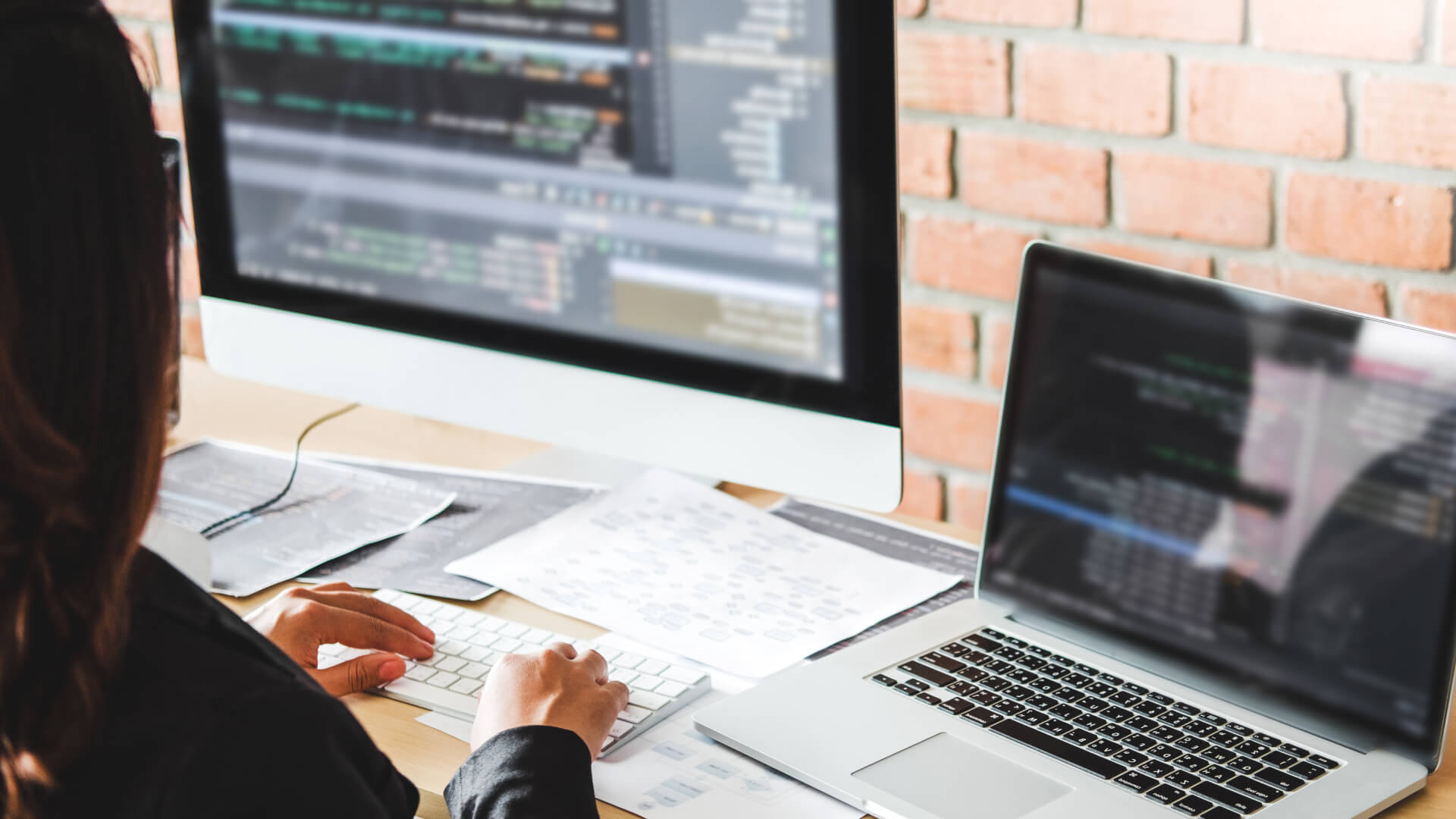
Limited evidence to support success
Modern telehealth is an untested field – with many applications breaking new ground and presenting features and business models never before been put to market. There’s therefore a lack of consensus on the effectiveness of telehealth platforms. There is simply not enough data to definitively track the effectiveness of this technology.
In medicine, it’s extremely difficult to run ethical control experiments. For instance, a recent study to analyze the benefits of telehealth on congestive heart failure treatment failed as the researchers couldn’t convince enough patients to sign up because – as they feared being in the “control group” and not getting proper treatment.
This lack of data makes it difficult to accurately present the benefits of telehealth to key stakeholders. Modern telehealth is a new area, which is still being explored. The lack of evidence may lie in the chosen methodology to prove its effectiveness.
Want to learn more? Read our dedicated article on the key telehealth challenges and how to solve them.
What are the key requirements to consider when building a telehealth platform?
Decide who your app user will be
The secret to building a successful app is finding a genuine need in the market for your product. Once you’ve found this need, you’ll need to figure out who’s actually going to be using your software – who is your target user? Is it B2B users such as hospitals or is it patients?
How do you decide? You’ll need to research your market and potential users. Find out their pain points and see whether your product can solve them. Where is the telehealth market headed? How can you adapt to it? We recommend fleshing out target audience profiles to help you with this.
Know your competitors
It’s important to know what your competitors are doing, and to differentiate your product from theirs. Research equivalent apps with similar ideas to yours and find out how you fit into the market. How should you approach competitive market research?
- Identify your market and niche
- Discover how your software can improve your market
- Identify your key competitors
- Make actionable goals to out-compete them
- Revisit this process frequently.
Figure out how to make money
To be successful, telehealth software must generate a return. Having a solid plan is critical if you’re going to succeed. Consider a variety of app pricing models and choose options that seem most appropriate for your niche and market. What are your options? Ad revenue, subscription models, and one-time payments all provide a return. Which should you choose? Remember, consumers prefer free tools, whereas businesses don’t mind paying for a subscription SaaS.
Make sure you have a cybersecurity specialist with you
The importance of this one is hard to overstate. The healthcare sector is one of the most susceptible to data attacks and fraud. The nature of healthcare data means it's far more appealing to hackers and malicious third parties. Health data is also the most regulated type of data. Mishandling or losing it can lead to serious fines. How do you ensure your product has the necessary protection from data threats? Consider bringing on a cybersecurity expert on board from day one! Encryption, two-factor authentication, and accounting for human error are just the tip of the iceberg.
Take a deeper dive into the remaining telemedicine requirements in our dedicated piece on the subject. In this article, we cover HIPAA compliance, GDPR, and software integrations.
How do you develop a telehealth platform?
How should you go about developing a telehealth application? Let’s cover some key steps.
Understand the technologies that telehealth platforms are based on
There are several technologies that telehealth solutions are founded upon. If you’re developing a telehealth platform, you’ll need to be familiar with each of these concepts:
- Artificial Intelligence (AI)
- Internet of Things (IoT)
- Cloud storage
- Blockchain
- Big Data
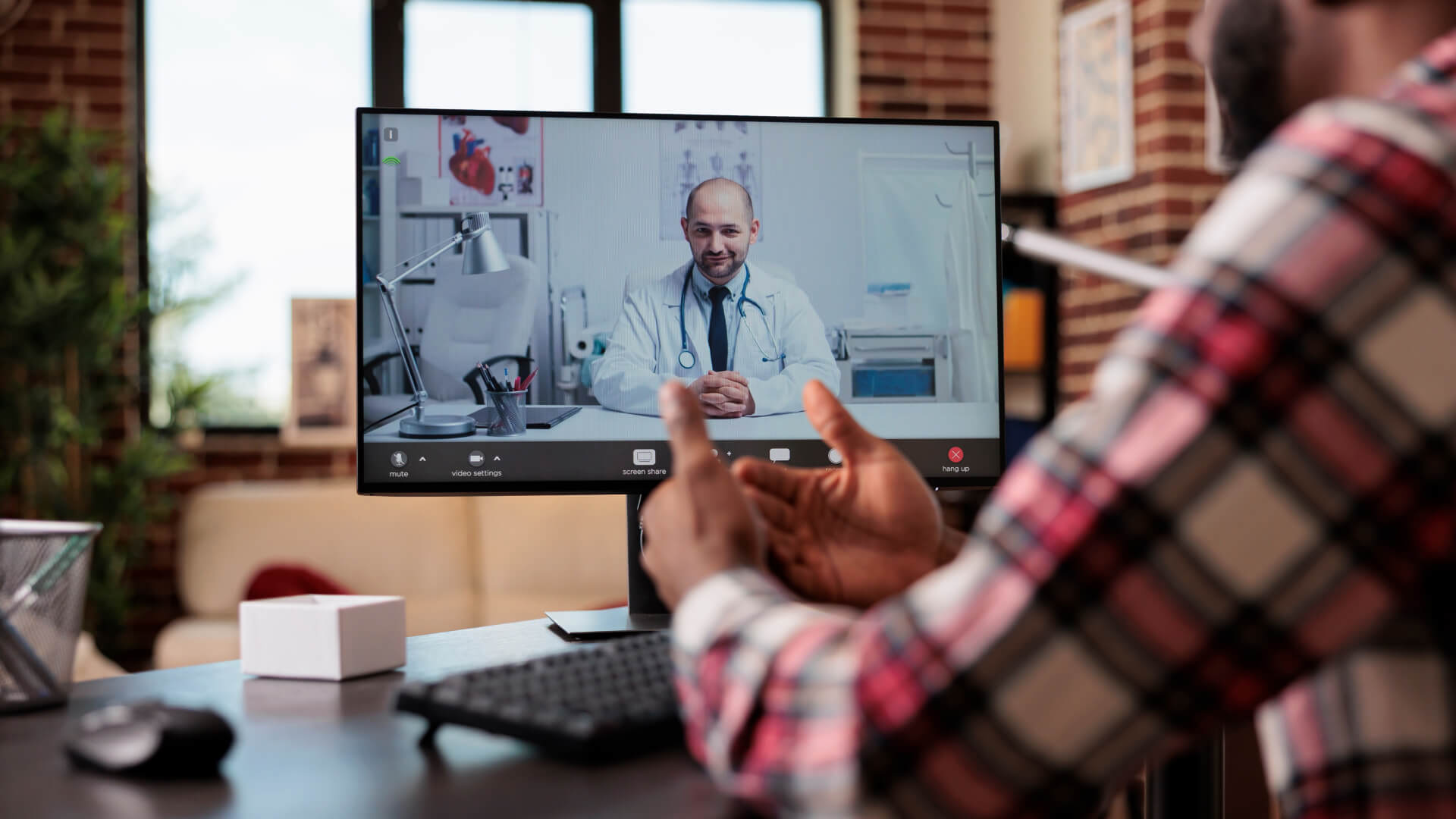
Assess if you should use a SaaS or a custom-made solution
- The age-old question: do you use a Software-as-a-Service (SaaS) tool or build your own custom platform? SaaS will give your telehealth solution a solid, cloud-native framework. Should you opt for a SaaS or a custom-made solution? Consider the following:
- Are your features unique enough to warrant a custom software solution?
- How different is your product from similar available SaaS modules?
- What is your team’s resource capacity?
Decide which devices you want the platform to operate on
Where will your end-users interact with your app? Your main options are:
- iOS or Android
- Native or Web
Mobile apps are a brilliant option for patient-facing telehealth apps. For most people, their mobile phone is their most accessible device, so it makes sense to develop an application for mobile platforms.
Decide which APIs to use
APIs are essential for ensuring that data flows freely and effectively within your telehealth application. APIs and SDKs provide ready-to-go integrations and features. Along with SaaS, market-ready APIs provide a great technical framework for you to develop your product.
Want to learn more about how to develop a telehealth platform? Check out our full guide on the topic.
Interoperability in healthcare: what is it and why is it important?
Healthcare interoperability, also known as EHR interoperability, is the process of two or more systems working together to integrate and exchange information. A telehealth platform will need to use interoperability to offer a seamless, omnichannel experience.
What are the standards for interoperability?
- Vocabulary/terminology
- Content
- Transport – i.e., the “push” and “pull” methods when swapping information
- Privacy and security (which we discuss in detail further in this piece)
- Identifiers – used to identify patients and/or providers in the system.
Healthcare software interoperability is built around four primary tiers
- Foundational
- Structural
- Organizational
- Semantic
To learn more about each of these principles, and to find out how you can meet all the legal and technical requirements, read our article dedicated to data interoperability in healthcare.
How do you ensure healthcare data security?
Learn about health/data privacy regulations (both local and global)
As we touched on earlier, patient data is one of the most sensitive and protected forms of data available. Telehealth platforms process and handle medical data every day.
Therefore, your app must adhere to the data privacy regulations of your local country, and globally if you’re releasing a worldwide app.
Health data in the US is covered by the Health Insurance Portability and Accountability Act (HIPAA).
Under this, any company handling health data must:
- Ensure data remains confidential and available to the patient at all times.
- Protect health data from anticipated threats or hazards to data security, as well as unauthorized disclosure or misuse.
- Ensure all parts of an organization – including applications – are HIPAA compliant.
In the EU, information relating to health is considered “Special Category Data” and must be handled securely as governed by the General Data Production Regulations (GDPR).
Make sure all patient data is encrypted on all devices
All patient data should be encrypted to prevent cyber criminals from intercepting sensitive information. Your application – at the very minimum – should adopt end-to-end encryption for all data sent and received.
Mandate multi-factor authentication
Multi-factor authentication (MFA) adds a much-needed extra level of security – reducing the likelihood of attackers gaining access to user accounts. MFA is usually implemented through an authenticator app or a code being sent through SMS.
Want to learn more about how to ensure complete healthcare data security? Read our full guide: How to ensure healthcare data security.
Great Telehealth Application Examples
With all of the above in mind, let’s have a look at examples of some great telemedicine and telehealth apps.
Lemonaid
Lemonaid is a same-day online care tool that offers a simple way to get a diagnosis and receive treatment. We particularly like their transparent pricing model – where patients pay a $25 fee to get a diagnosis and a prescription sent to their door. It’s a simple & effective modern implementation of remote diagnosis and e-prescriptions!
Emerest Health
New York-based Emerest Health launched Emerest Connect to allow patients to contact Emerest's healthcare staff 24/7! This application uses mobile devices like tablets to deliver live nursing, remote monitoring, and mental health consultations – all remotely.
The healthcare provider says their Connect app Emerest Connect has helped reduce hospitalization rates among their users by more than 50%.
PayZen
Combining health tech with fintech, PayZen’s ‘Care Now, Pay Later’ financing options provide patients with personalized flexible payment options.
Using AI, PayZen is able to reduce patients’ bills by offering each user an optimized plan in the most cost-effective way.
These were just three of the nine examples we’ve discussed in our curated list of telehealth and telemedicine apps – be sure to give it a read!
What are the most important trends in Telehealth App Development for 2022?
Here are some key telehealth trends, which you should be aware of before you decide to build your own telehealth app:
Increased Adoption of Wearables & Apps
Kyle MacDonald, Director of Operations at Force by Mojio notes that the COVID-19 pandemic led to people shying away from hospitals. They’ve instead turned to wearable technology such as smartwatches and mobile apps to take control of their health and fitness.
Healthcare professionals can use this trend, MacDonald argues, to provide better health services. For instance, doctors can monitor EKG and ECG monitors through the Internet of Things. Smart devices and wearables are offering doctors a sea of data to provide better care!
AI boosts patient safety
Tanner Arnold, President & CEO of Revelation Machinery argues that AI tools will help improve every aspect of the patient experience – from scheduling appointments, connecting with professionals to accessing medical information. The power of machine learning tools to assist diagnosis and recognise patterns & dangers will make the biggest impact on patient safety overall, however.
IoT solutions will become more advanced
The technology powering the automation and AI-use in telehealth is the Internet of Things. According to Nely Mihaylova, Content Editor at UNAGI Scooters, we’re soon going to see the “intelligent pill” – an ingestible IoT device, which will collect data directly from the person’s digestive system. It will use portable sensors and communicate with doctors in real-time, via an app. This tech will help provide treatment as well as facilitate diagnosis.
Summary
Telehealth technology is a powerful tool for modernizing healthcare. Developing a great telehealth platform involves making the right calls on who to create tools for and building an intuitive user experience. These telehealth tools are at the forefront of how medical professionals will continue to adapt to the challenges of our modern world. The efficiency and accessibility gains of remote care cannot be understated. To power this, the healthcare industry needs agile, adaptable telehealth software solutions.
Check out also
- Value-based Care is The Next Step for Healthcare — Interview with Cameron Carter, CEO at Rose about what's next for digital healthcare and how to integrate into the already existing healthcare system to innovate on top of it.
You may also like
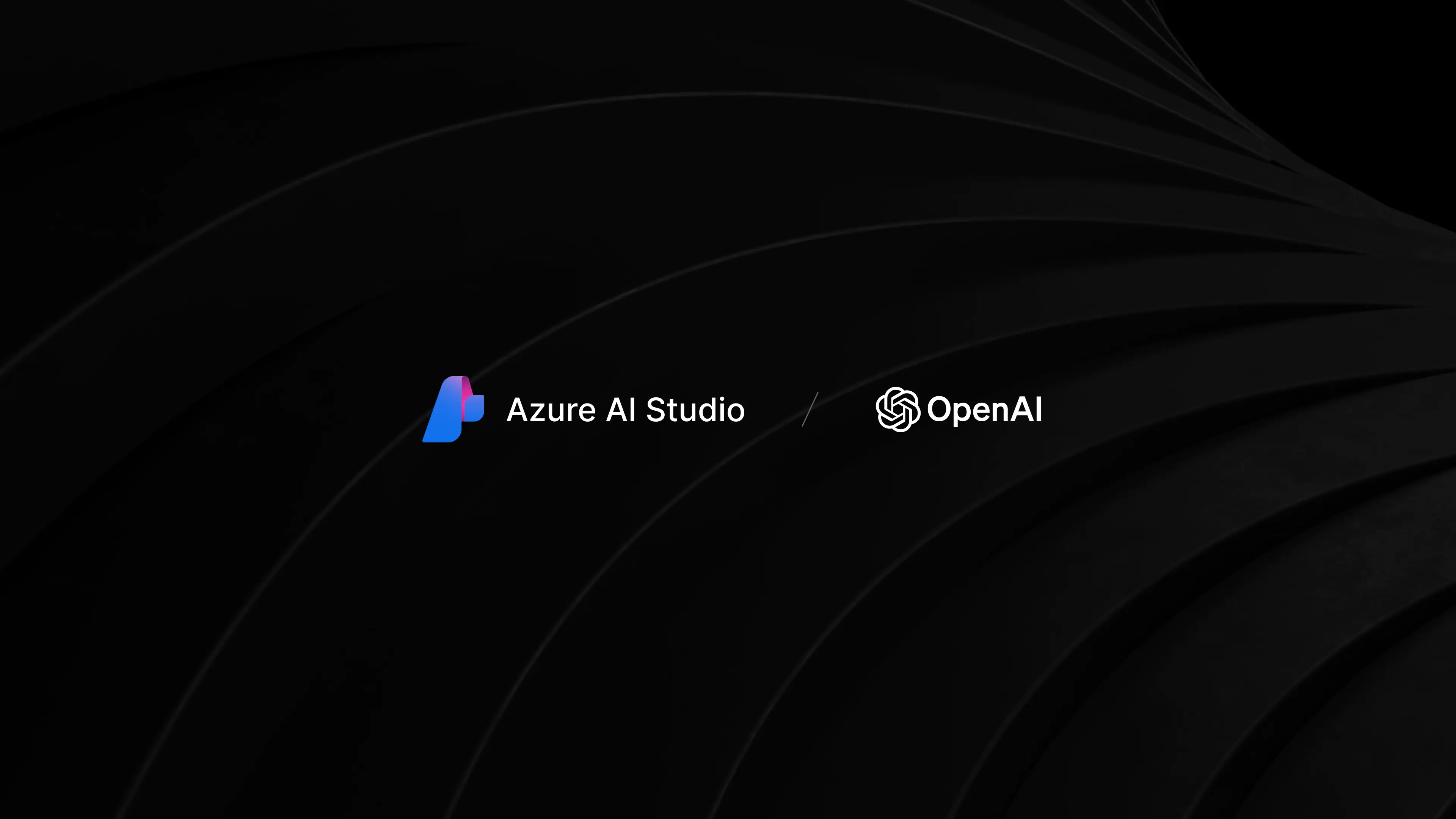
Leveraging Isolated Environments in Azure for Secure AI Model Usage
21 November 2024 • Mariusz Heyda


